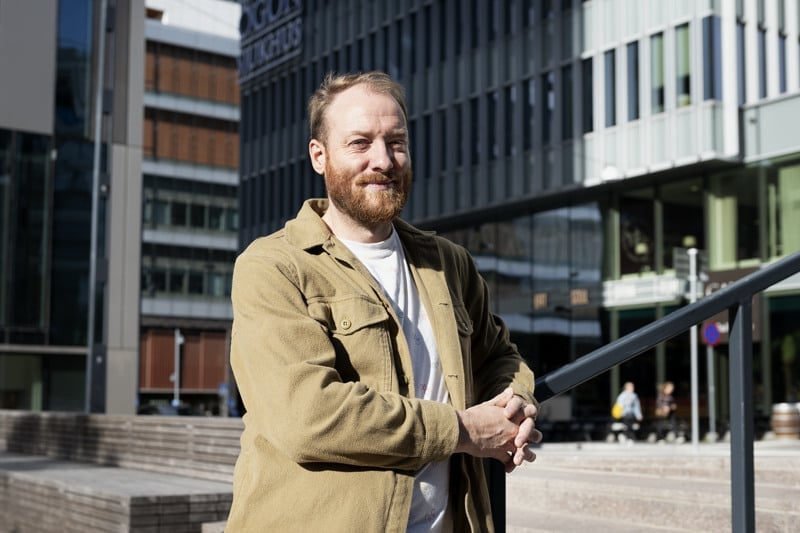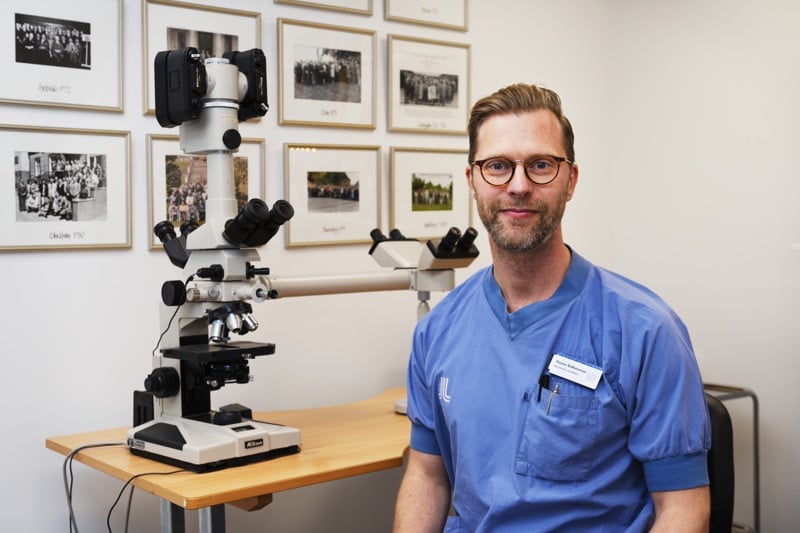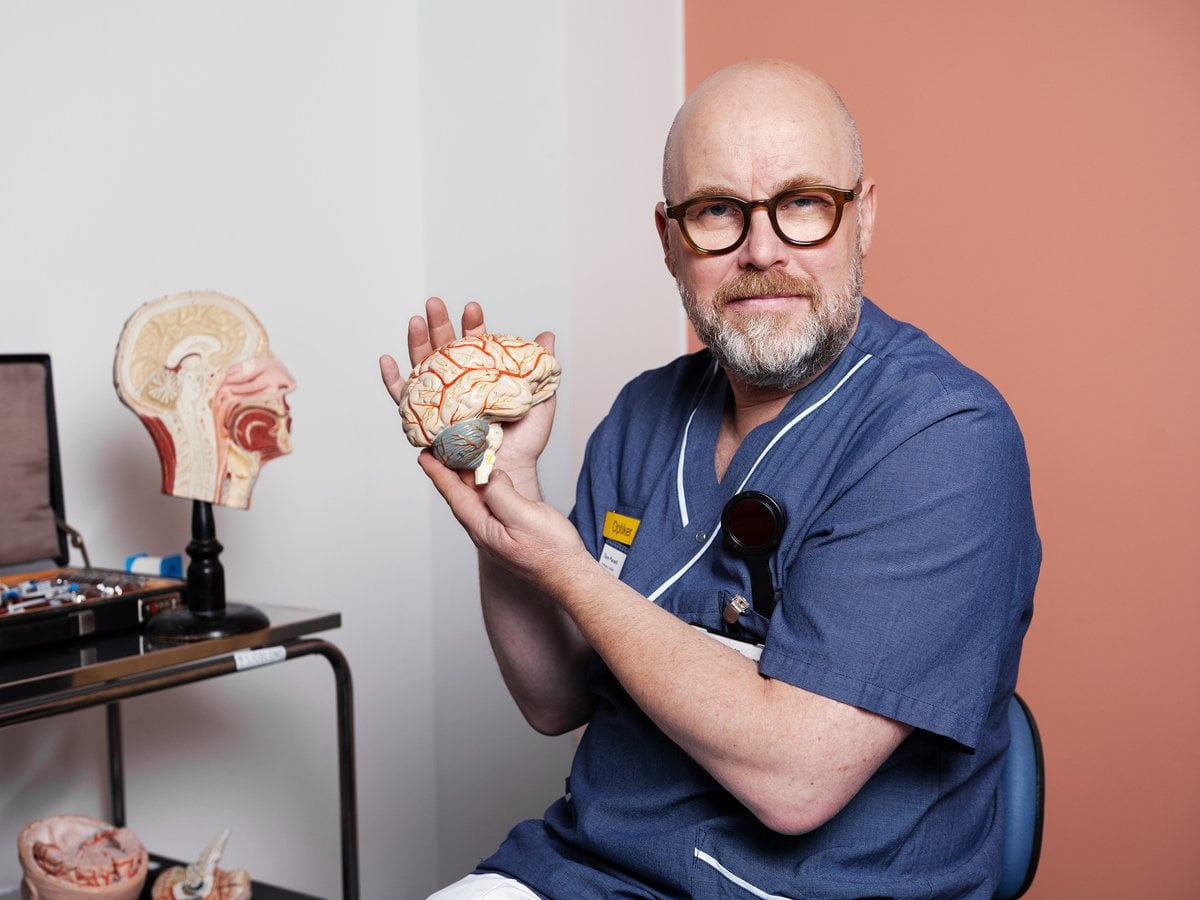Möt våra forskare
Ungefär 60 anställda på sjukhuset är aktiva inom forskning, varav fyra professorer (två förenade och två adjungerade), vid Karolinska Institutet, avdelning för Ögon och syn. Drygt 50 vetenskapliga artiklar publiceras årligen av forskargrupperna.
S:t Eriks Ögonsjukhus har Sveriges mest kompletta ögon- och synforskningsenhet tillsammans med Karolinska Institutet. Forskning nära knuten till den kliniska verksamheten är en förutsättning för framtidens ögonsjukvård.
Innehåll

Visuell Neurovetenskap - Rune Brautasets forskargrupp
Forskargruppen kombinerar visuell neurovetenskap med optometri, och använder bland annat tekniker som datamodellering och ...
Glaukom - Pete Williams forskargrupp
Petes forskargrupp fokuserar på glaukom, en sjukdom som skadar synnerven och som leder till permanent synnedsättning.
Ögononkologi och -patologi - Gustav Stålhammars forskargrupp
Forskargruppen bedriver forskning inom ögononkologi, ögonpatologi och ögonplastik, och arbetar bland annat med malignt melanom och retinoblastom
Näthinnan - Anders Kvantas forskargrupp
Forskningen riktar sig mot näthinnesjukdomar, särskilt näthinnedegenerationer som makuladegeneration (AMD) och retinitis pigmentosa.
Ögonrörelse och syn - Tony Pansells forskargrupp
Forskargruppen Pansell fokuserar på patienter med medfödda eller förvärvade hjärnsynskador, tillstånd där synproblemet inte alltid sitter i ögat ...
